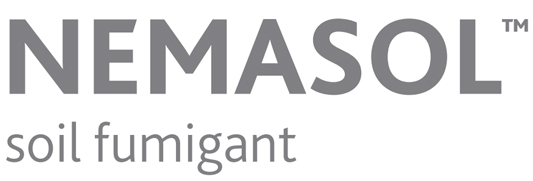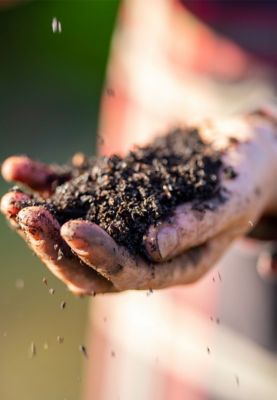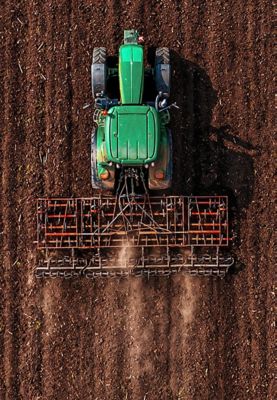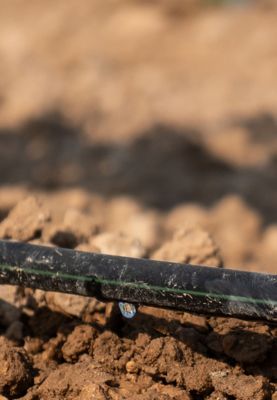
Why choose Nemasol
for your soil management needs?
Effective and economic
Controls weeds, soilborne diseases and pests in a single application, leaving no quantifiable residues
Versatile in application, consistent in result
A broad-spectrum solution for integrated soil management
Improved yield with faster turnover rate of land
Rebalances soil, so crops can establish themselves faster and more vigorously
A trusted solution from a global innovator
Security of supply, shared expertise and steadfast stewardship

Soils and why they are fumigated
The soil ecosystem
Soil is a complex environment composed of diverse mineral and organic elements. It serves as a biotope for both beneficial organisms and plant pathogens. Mineral soil particles and organic material are present in different forms and quantities. They determine the coarseness or fineness of the granular structure, sorption phenomena, and intergranular and intragranular open space, allowing for water and gas transport. Some soil-inhabiting organisms, such as nitrification bacteria, are beneficial.
What happens to soil with poor crop rotation
In cultivated soil with poor crop rotation, there is a higher likelihood of encountering crop pathogens that can lead to soilborne diseases. Additionally, soil-inhabiting crop pests such as nematodes can reach densities that exceed the threshold for crop damage. Other types of crop-threatening organisms include weeds and their soil-surviving seeds or structures.
After harvest or crop removal, any remaining plant debris and/or plant roots enhance the risk of soil-surviving plant pathogens or pest organisms. Depending on the type of crop, different risk organisms survive at lesser or greater specific depths.
How to maintain high-quality soil
A solution to avoid these threats is to apply soil fungicides, nematicides or herbicides. However, very few of the currently available plant protection products are appropriate for soil treatment. Many of them need repeated cultural treatments and present a potential danger for residue accumulation in the crop.
Soil fumigation as a pre-cultural measure is a more favorable solution. Most soil disinfectants have broad spectrum activity. In other words, they are often fungicidal, nematocidal and herbicidal. Depending on the application mode or technique, they can reach and treat deeper soil layers according to need.
This table illustrates the typical depth distribution of soilborne pathogens and pest organisms.
| Soil depth (cm) | Disease or pest organisms |
|---|---|
| 0–20 | Pythium spp., Phytophthora citricola Bacteria (Erwinia, Pseudomonas) Free-living nematodes (Longidorus, Pratylenchus, Paratylenchus) |
| 20–40 | Sclerotium cepivorum, Rhizoctonia spp., Phoma spp., Didymella lycopersici, Symphylans, Ralstonia solanacearum, Phytophthora fragariae, Verticillium albo-atrum, Plasmodiophora brassicae, Thielaviopsis, Botrytis cinerea, Pyrenochaeta lycopersici Root-knot nematodes (Meloidogyne) Cyst-forming nematodes (Heterodera) |
| 40–60 | Sclerotinia sclerotiorum, Corticium solani |
| > 60 | Fusarium oxysporum, Rosellinia necatrix |
Certain statements may not be applicable in all geographical regions. Product labeling and associated claims differ based on government requirements. Use plant protection products safely. Always read the label and product information before use.





